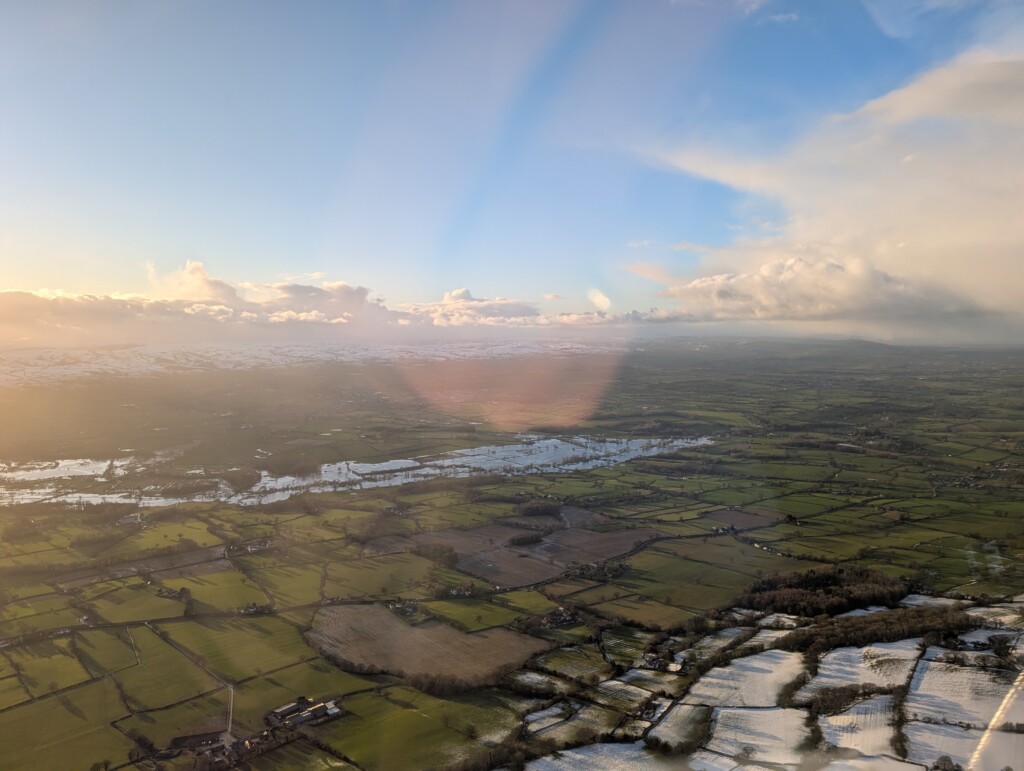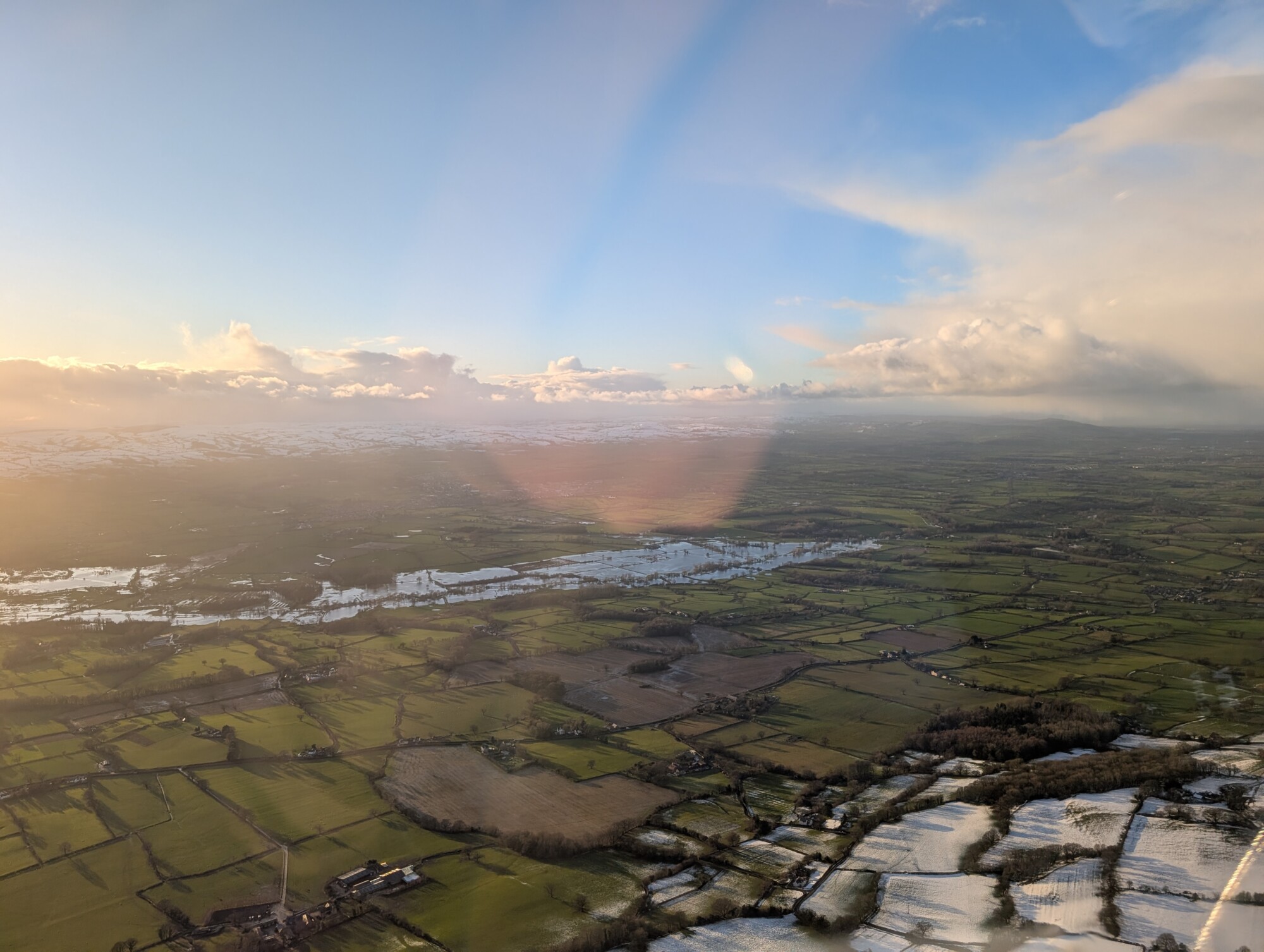
In mid-January, a dozen or so people from Cambridge gliding club are heading to Lleweni Parc near Denbigh for a gliding expedition.
We’re at very different stages of our gliding career: two of us are solo, but still flying two-seaters under instructor supervision. I’m a qualified glider pilot, flying various single-seaters, but have only done two cross-country flights (and only one element of my “silver” badge). Most of the rest are very experienced with varying “badges”, instructor qualifications and quite often, their own gliders.
I am extremely excited.
What on earth would get me excited about the possibility of going to North Wales in the middle of January, to take part in a highly weather-dependent sport. Am I crazy?
Cambridge is a fantastic place to go gliding. We have nice empty airspace, beautiful scenery, and lots of other gliding airfields nearby. But, to stay aloft, gliders need air which is moving upwards. Around Cambridgeshire, that comes in the form of thermals — pockets of air rising up due to the ground being heated. These bubbles of air are enough to keep gliders in the sky between (around) April and September. Not so much in the winter, though.
So, why is Wales different? Because Wales has mountains. Mountains provide those currents of rising air in two different ways:
- As wind blows against the side of a range of hills, it’s deflected upwards (“ridge lift”)
- Large mountains can cause standing waves in the atmosphere for hundreds of miles downwind (“wave”)
I have never flown either of these types of lift. (That’s not 100% true – decades ago I flew at Mendip gliding club but I can’t remember the ridge lift).
Last year in fact I booked a flight at Hollister Soaring Center, California (yes, Hollister, CA is a real place, unrelated to the clothes brand) knowing it was surrounded by mountains and I’d get ridge lift whichever direction the wind was from. There was, predictably, absolutely no wind. It was a nice, but short and fiendishly expensive flight. Sigh.
So, let’s hope we all get to experience one or both of these types of lift in Denbigh.
That said, I expect a lot of differences at Denbigh.
- I need to learn how to fly ridges. Cambridge Gliding Club’s simulator has been very helpful here.
- All the landmarks and navigation will be different. I’m a bit of a map nerd so I’m hoping this will be OK.
- Launch procedures are different and will take some getting used to.
- If I am lucky enough to fly in wave, I may get high enough to need oxygen.
- The runway is pencil-thin and great precision will be needed. (We’re a bit spoiled at Cambridge with our enormous runway)
- Different airspace.
- Planning and decision making will all be different, based on the distance from the ridge to the airfield, available landing options and so-on.
I’m really curious to find out how it all differs. I’ll be there for about five days. I will, of course, be flying with instructors for the first part of it. We’ll see if I show enough competence, and the weather is kind enough, for me to go solo later on.
If you’re curious too, please check out these two videos about Denbigh’s ridge.
I’ll post a second report after the trip, to see how reality compares to these expectations.


